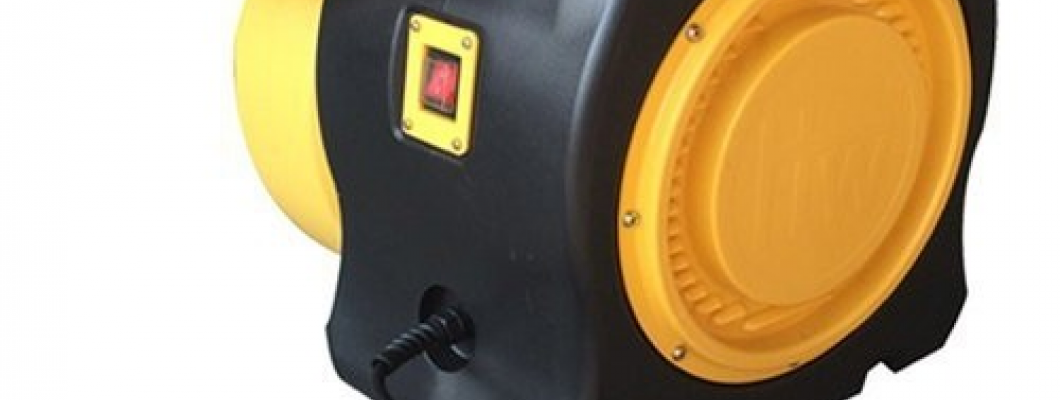
Inflatable blowers are essential components for inflating bounce houses, inflatable slides, and other similar attractions. These devices are responsible for providing a continuous stream of air to keep the inflatables operational. The lifespan of a typical inflatable blower can vary based on several factors. In this article, we'll explore what affects the longevity of an inflatable blower and how you can extend its life.
Average Lifespan of an Inflatable Blower
The average lifespan of a well-maintained inflatable blower is typically between 3 to 5 years. However, some blowers may last longer, while others may fail sooner depending on the operating conditions and maintenance practices. Manufacturers usually provide warranties that range from 1 to 2 years, which indicates the expected minimum performance period under normal use.
Factors That Affect the Lifespan
The longevity of an inflatable blower depends on various factors, including:
- Usage frequency: Blowers used frequently for commercial applications will experience more wear and tear than those used occasionally for personal or residential use.
- Environmental conditions: Exposure to harsh weather conditions such as rain, extreme heat, or freezing temperatures can significantly reduce the blower's life.
- Maintenance: Regular maintenance, such as cleaning filters, checking for blockages, and ensuring that the blower motor is functioning properly, can extend the lifespan of the blower.
- Quality of the blower: Higher-quality blowers made from durable materials are likely to last longer than cheaper, lower-quality alternatives.
- Power supply: Using the correct voltage and ensuring a stable power supply can prevent motor damage and prolong the blower's life.
Tips to Extend the Lifespan of Your Inflatable Blower
To maximize the life of your inflatable blower, consider the following tips:
- Perform regular maintenance: Clean the blower’s air intake, inspect the fan and motor regularly, and ensure that all components are in good condition.
- Store it properly: When not in use, store the blower in a cool, dry location to protect it from environmental damage.
- Avoid overloading: Make sure the blower is appropriately sized for the inflatable it’s supporting. Overloading the blower with a larger inflatable can reduce its lifespan.
- Use in proper weather conditions: Avoid operating the blower in extreme weather, such as heavy rain or snow, which can lead to electrical damage or corrosion.
- Monitor power supply: Use a surge protector to safeguard the blower from voltage spikes or fluctuations that can damage the motor.
Conclusion
While the typical lifespan of an inflatable blower is 3 to 5 years, its actual longevity depends on usage, maintenance, and environmental factors. By following the tips mentioned above, you can ensure that your blower operates efficiently for a longer period. Regular care and attention can make a significant difference in the performance and lifespan of these vital devices.




Leave a Comment